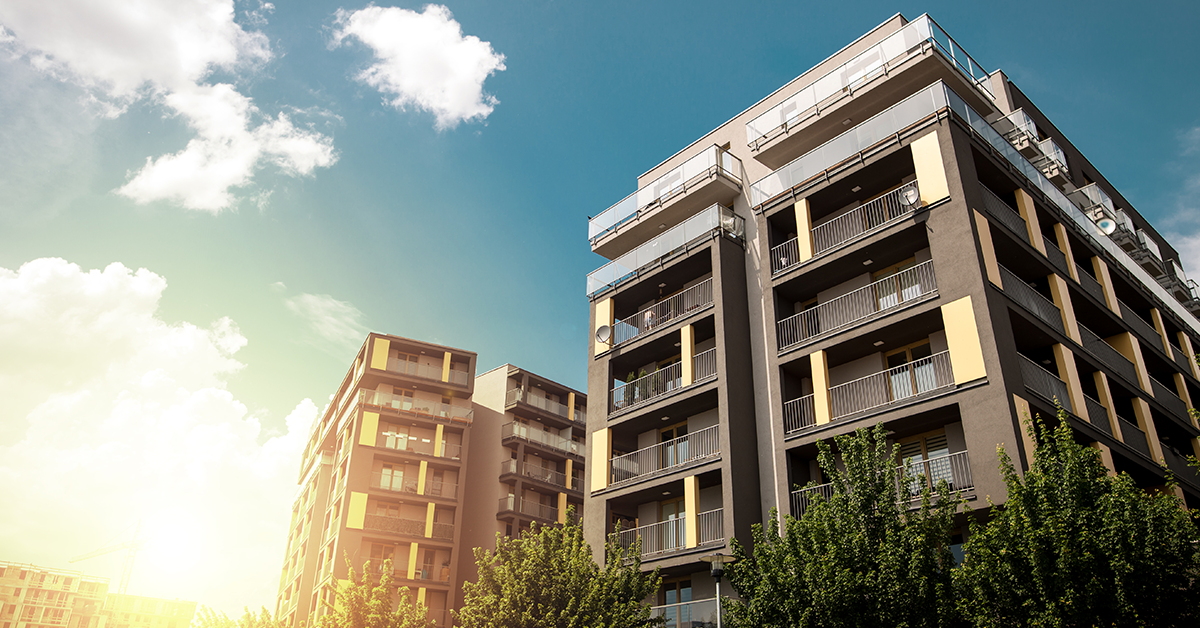Find out what is the best waterproofing solution for hot and humid climates.
Most of India experiences a tropical climate with scorching hot summers, long months of monsoon, and mild winters. The dramatic temperature fluctuations and humid climate can cause various issues for homeowners, including water leakage, damp surfaces, and fungal growth all over the house, especially in the exteriors. These issues can not only affect the structural integrity of the building but also have adverse effects on the health of its occupants. Therefore, it’s essential to take necessary precautions and undertake timely maintenance to prevent such problems.
What Types of Waterproofing Are Available For Indian Weather Conditions
When it comes to waterproofing, there are numerous options available, but selecting the right one for your specific needs requires some research. Factors such as the type of material being waterproofed, such as wood, concrete, or bricks, and the climate of your region, which plays a crucial role in determining potential water damage, must be considered. Asking questions such as whether you live near the coastline, if your house experiences torrential rains and strong winds, or if there is any moisture present in your home can help you determine your roof waterproofing and wall waterproofing needs.
There are various waterproofing methods available, each with its own benefits and considerations:
- Cementitious waterproofing is a straightforward and easy-to-apply method that is suitable for internal wet areas, such as toilets, bathrooms, laundry area and kitchen sinks. It does not require any expansion or contraction process.
- Liquid waterproofing membranes offer more flexibility than cementitious methods and can be applied through spray, roller, or trowel. The liquid membrane forms a rubbery coating on the wall, with high elongation properties, and can be made of polymer-modified asphalt or polyurethane.
- Bituminous coating is a flexible protective coat made of bitumen-based materials that can protect against water but is not suitable for exposure to sunlight. Bituminous membrane waterproofing is popular for low-sloped roofs and interiors.
- Polyurethane liquid membrane is a highly flexible option that is used for flat roof areas exposed to weathering. However, it can be more expensive and requires careful evaluation of the moisture content of the concrete slab to prevent peeling or debonding of the membrane over time.
Waterproofing During Construction Or Repair. What Is A Better Approach?
Waterproofing systems are becoming increasingly important in any construction project. Developing a comprehensive waterproofing project is crucial, ideally before the start of the construction of the property. The waterproofing project should be an integral part of a building’s construction plans and designed to work in harmony with other components such as architectural, electrical, and landscaping projects.
Any damage to the waterproofing can result in considerable losses for the construction owner. Therefore, it’s vital to take proper care and maintenance of the waterproofing system to ensure its longevity and effectiveness in protecting the building from water damage.
Conclusion

Waterproofing is a must-have for any building and home, especially in hot and humid climates like India where water damage can lead to significant structural and health issues. There are various types of waterproofing methods available, each with its own advantages and considerations. It is essential to select the right waterproofing solution based on factors such as the material being waterproofed, the climate, and the specific needs of the building.
If you are looking for holistic and scientific waterproofing options, Homeshield waterproofing solution is the answer! Our experts use Concrete Moisture Meter to accurately measure the dampness level in the wall and prescribe customised scientific solutions and Berger waterproofing products that will deal with roof, ceiling, exterior and interior waterproofing concerns! To get in touch, SMS ‘HS’ to 56767 today!
If you enjoyed reading this, be sure to check out our blog for more information about waterproofing, including Guide for Homeowners To Roof Waterproofing.


 Get in Touch
Get in Touch
